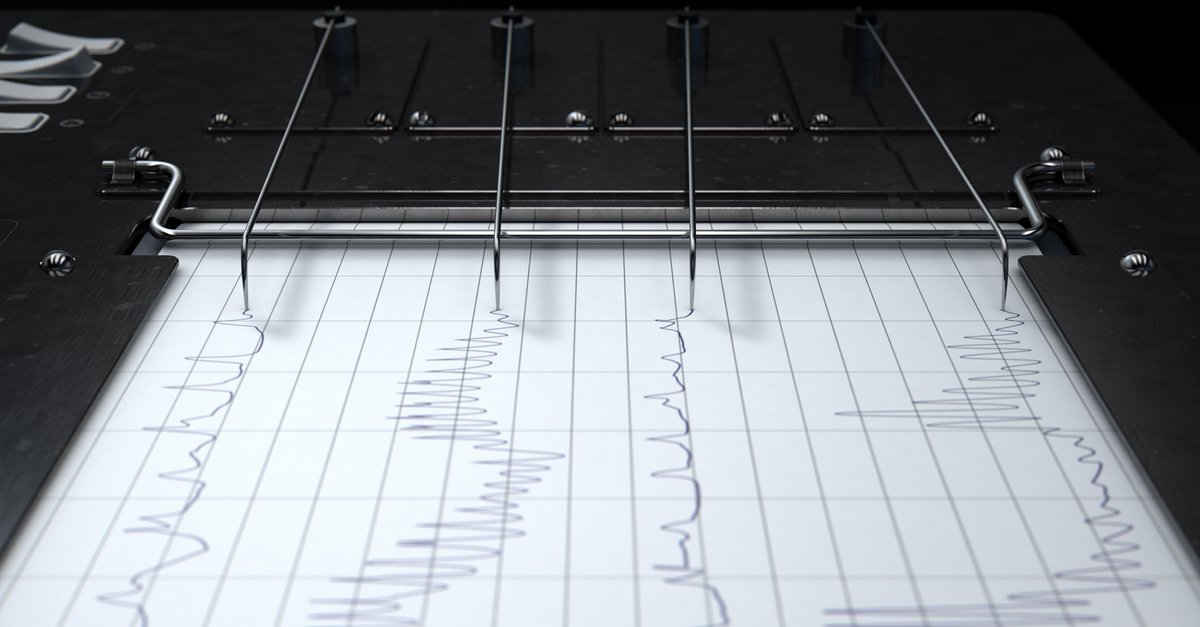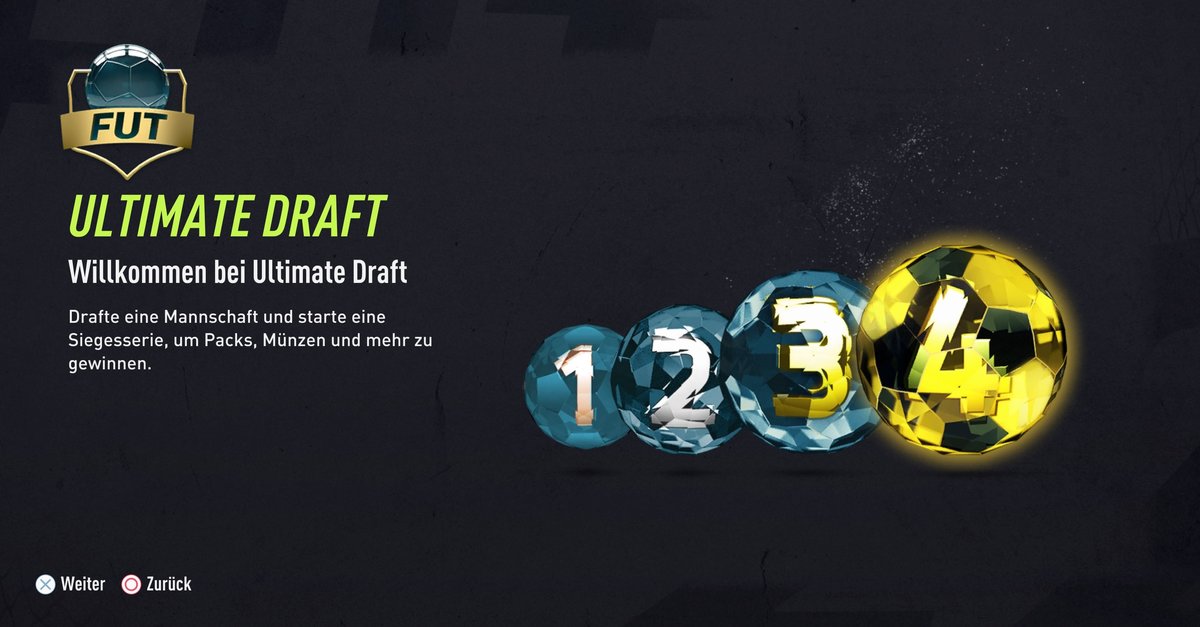I’ve saved so much money so far
In June 2021 I put my mini solar system into operation. Since then, the balcony power plant has been producing energy that I use directly in my apartment and therefore do not have to pay for. I’ll tell you now how much energy I’ve produced in 25 months, used it myself and really saved money.
Contents
Mini solar system: 25 months balcony power plant
A plug-in mini solar system is an easy way to produce your own energy that you use directly. If you produce more, you will not be compensated for this, as simplified approval applies to such systems. I have summarized what needs to be considered here. But how much energy has my 600-watt system produced in the past 24 months and how much money did I save in the end? Let’s look at the Yield of the last 25 months at.
The individual months at a glance
Since I have a FritzBox, I used the AVM FRITZ!DECT 210 smart outdoor socket (see Amazon) to measure the energy flow.
- June 2021: 45 kWh
- July 2021: 49 kWh
- August 2021: 42 kWh
- September 2021: 32 kWh
- October 2021: 22 kWh
- November 2021: 9 kWh
- December 2021: 3 kWh
- January 2022: 5 kWh
- February 2022: 15 kWh
- March 2022: 43 kWh
- April 2022: 62 kWh
- May 2022: 67 kWh
- June 2022: 71 kWh
- July 2022: 64 kWh
- August 2022: 67 kWh
- September 2022: 45kWh
- October 2022: 33 kWh
- November 2022: 14kWh
- December 2022: 7 kWh
- January 2023: 12 kWh
- February 2023: 23 kWh
- March 2023: 31 kWh
- April 2023: 55 kWh
- May 2023: 58 kWh
- June 2023: 75 kWh
Makes a total of 949 kWh in 25 months.
I have of the 949 kWh that my balcony power plant has produced in the last 24 months effectively consumed 769 kWh. I didn’t use 180 kWh and gave it to my grid operator. You can use the 2-way electricity meter to see how much energy you have fed into the grid. You don’t get any compensation for this with a mini solar system. Since I have the balcony power plant, I write down the data every month.
A notice: In June 2023 I was using battery storage from Zendure SolarFlow (test) and EcoFlow PowerStream (test), so I only gave away 3 kWh of energy in June. In the previous year, 23 kWh went into the grid free of charge.
I really saved that much money
- Savings in 2021 and 2022 of 30 cents per kWh: 165.60 euros
- Savings in 2023 at 40 cents per kWh: 86.80 euros
Overall, the savings so far are 252.40 euros.
My system cost 800 euros. After about seven years, the system would have paid for itself and, with a service life of about 25 years, would continue to produce electricity for another 18 years free of charge. In the meantime, however, balcony power plants are much cheaper:
What you need to know about balcony power plants:
Important details about my solar system
From June 2021 to March 2022, my solar system was on the ground and was often in the shade. Since I hung up the solar panels, the yield has been much better since April 2022. From October to February, the sun does not shine enough to produce much energy. Nevertheless, in January 2023 I noticed that the yield had increased significantly from 5 to 12 kWh, although the sun was low in the sky and there was a large tree in my way, whose shadow fell on the solar panels from around 3 p.m. So if you don’t have any shadows, you can make even better use of the hours of sunshine.
This is the most important lesson for me: It is extremely important to align the balcony power station properly. The more sun you capture and then actually use the energy, the more worthwhile such a system is. But even if the conditions are not as ideal as mine, a plug-in mini solar system is worthwhile. You just have to have the (right) place for it.
Don’t want to miss any more news about technology, games and pop culture? No current tests and guides? Then follow us
Facebook
or Twitter.


